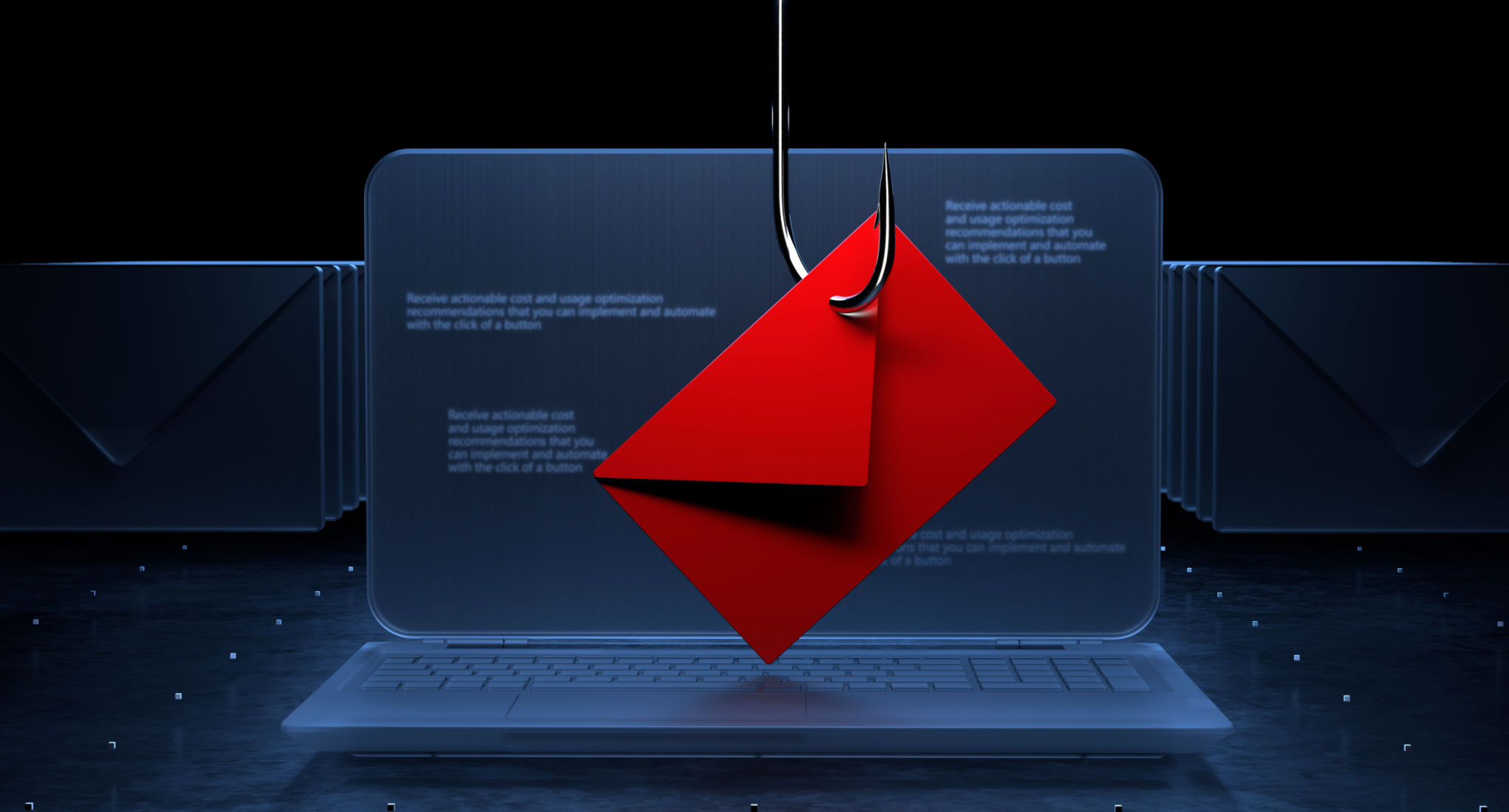Understanding DMARC, SPF, and DKIM for Better Email Deliverability
Understanding DMARC, SPF, and DKIM for Better Email Deliverability
In today's digital age, email remains a crucial tool for communication, particularly in business. However, ensuring that your emails reach their intended recipients can be challenging due to spam filters and security measures. This is where protocols like DMARC, SPF, and DKIM come into play. Understanding these email authentication methods is essential for improving your email deliverability.

What is DMARC?
DMARC, which stands for Domain-based Message Authentication, Reporting, and Conformance, is an email authentication protocol. It builds on the existing SPF and DKIM protocols to provide a more comprehensive way to validate emails sent from your domain. Essentially, DMARC allows domain owners to specify how they want unauthenticated emails to be handled by the recipient’s server, reducing the risk of email spoofing.
Implementing DMARC can significantly increase the trustworthiness of your emails. By setting up a DMARC policy, you can instruct email receivers on how to deal with messages that fail SPF or DKIM checks. This not only protects your brand from phishing attacks but also enhances your domain’s reputation.
The Role of SPF
Sender Policy Framework (SPF) is an email validation system designed to prevent unauthorized individuals from sending messages on behalf of your domain. SPF works by allowing domain owners to specify which mail servers are permitted to send emails for their domain through DNS records.
When an email is sent, the receiving server checks the SPF record of the sender's domain to verify its legitimacy. A correct SPF setup helps ensure that your emails are not marked as spam by confirming that they originate from an approved source.

Understanding DKIM
DomainKeys Identified Mail (DKIM) is another key part of email authentication. It allows the sender to attach a digital signature to emails, which is then verified by the recipient's server using a public key published in the sender's DNS records. This ensures that the email has not been tampered with during transit and confirms its authenticity.
By utilizing DKIM, you are providing an additional layer of security. It helps recipients trust that the email content is legitimate and unaltered, which can improve your email deliverability rates.
Integrating DMARC, SPF, and DKIM
For optimal email deliverability, it’s crucial to implement all three protocols—DMARC, SPF, and DKIM—together. Each serves a unique purpose and complements the others by addressing different aspects of email security. When correctly configured, they can greatly reduce the chances of your emails being marked as spam or rejected.

Setting up these protocols requires access to your domain’s DNS settings and might necessitate technical expertise. It’s recommended to work with your IT department or a professional to ensure they are implemented correctly.
The Benefits of Enhanced Email Security
By leveraging DMARC, SPF, and DKIM, businesses can not only protect their brand reputation but also improve communication efficiency. Reduced spam rates mean that your important emails reach their intended recipients more reliably, fostering better customer relationships.
In addition to protecting against phishing and spoofing, implementing these protocols can provide valuable insights into who is sending emails on behalf of your domain through DMARC reports. These reports can help you monitor email traffic and detect any unauthorized use of your domain.
In conclusion, understanding and implementing DMARC, SPF, and DKIM is vital for modern businesses aiming to maintain a strong presence in digital communications. By securing your email infrastructure, you enhance trust with your clients and ensure that your messages are delivered effectively.